This pan-Canadian series of interviews with experts in their field provides an overview of renewable energy deployment across Canada and the measures being implemented to become carbon neutral.
Here is a discussion with Dr. Amy Hsiao about how she engages with renewable energies as a sustainable material engineer and WEICan board member. Dr. Hsiao highlights the need for more outreach, communication and education, and how the youths can be leaders of change.
First, let’s recall the targets set by the federal and Ontario governments for the reduction of greenhouse gas emissions.
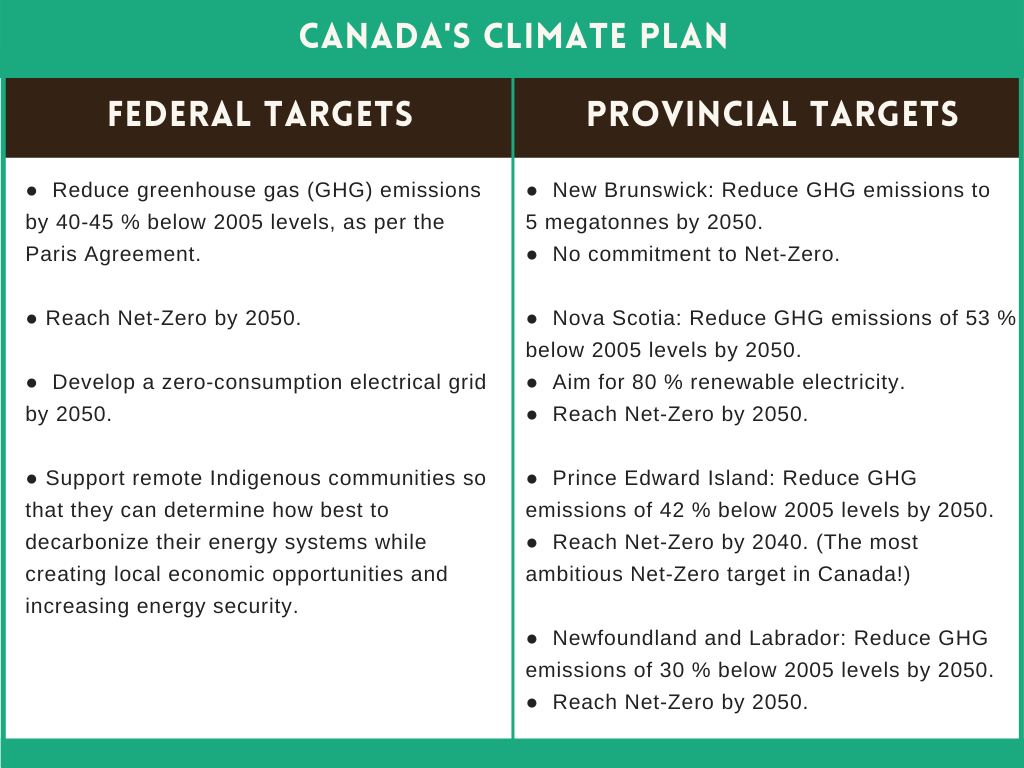
Nergica: Can you tell us a bit more about your role at the University of Prince Edward Island?
Dr. Amy Hsiao: As an Associate Professor at the Faculty of Sustainable Design Engineering, I am interested in several areas including 3D metal printing (design of components and characterization of material properties), corrosion and material degradation in harsh environments, and materials for sustainability applications.
When I started my studies, I didn’t imagine that material science was all about sustainability, whether it is making a sustainable material, or investigating materials for sustainable applications!
A few examples of my current research include the materials and processing of sustainable applications, such as solar panels, for example, in order to evaluate where the process can be less polluting, where we can reduce energy, time or manufacturing steps, where can we increase efficiency of the technology. We are looking at the life cycle to determine how it could be greener and more efficient.

I also had a project with the Wind Energy Institute of Canada (WEICan) during which we investigated the degradation happening at the leading edge of turbine blades [the edge that cuts into the wind]. That part of the blade tends to experience a lot more wear and corrosion. We did some accelerated testing in the lab to evaluate the performance of a new generation of coatings and paints to assist WEICan with materials selection.
And the third project relates to the characterization of novel metallic alloys for more electric vessels. Moving away from mechanical operation can reduce weight, minimize failure from fatigue, corrosion and wear, eliminate the use of hydrocarbons, and introduce novel technologies using magnetic actuation.
Part of my tasks as a professor at UPEI is teaching a class called “Sustainability in Engineering Design”—it is a first-year required introductory course. In one of the labs, the students make an organic solar cell using local berries as photosensitizers. Many students have a light bulb moment—no pun intended. It resonates with the students because PEI identifies so much with agriculture and the land. It stays with people; they go home with their families and they go “here is the technology and here is how we can make it sustainable.”
We also learn to do personal energy audits as part of my course. We look at comparatively how much it is to take a plane, to plant a tree, how many light bulbs in your house could be LEDs and how much you could save, and if it is worth the extra money in the long term.Hopefully the students share such concepts with their friends and family in some ways, and will remember them in their career. This is a way society can get acquainted with and adopt a more environmentally friendly approach.
Nergica: You are also part of the research committee on the board of directors of the Wind Energy Institute of Canada (WEICan). Could you please explain to us what is WEICan and how you are involved? Thanks to Dr. Marianne Rodgers, WEICan Scientific Director, for details about infrastructure and projects
WEICan is a not-for-profit entity formed in 1981 that advances the development of wind energy across Canada through research, testing, innovation and collaboration. It is located in North Cape, West-North of Prince Edward Island. Our laboratory features a 10 MW Wind R&D park, 223 kWh of storage, 109 kW of bifacial and monofacial PV, and two International Electrotechnical Commission (IEC) compliant meteorological masts to support wind energy and photovoltaic research.
I have been a voluntary board member since 2015. The research committee has seen tremendous growth, not only in scope, but in depth of its staff and we have a strong focus on research now.
One of WEICan’s forte is wind energy integration into the grid. We have done this research in collaboration in so many different ways, with wind energy researchers across Canada, Maritime Electric, and the other wind farms on the island. Our main focus in grid integration is demonstrating the abilities of wind turbines and batteries to provide ancillary services to the grid. We act as secretariat to Natural Resources Canada’s Utility Forum, which brings together representatives from utilities in each province in Canada to address issues in grid integration of renewable energy.
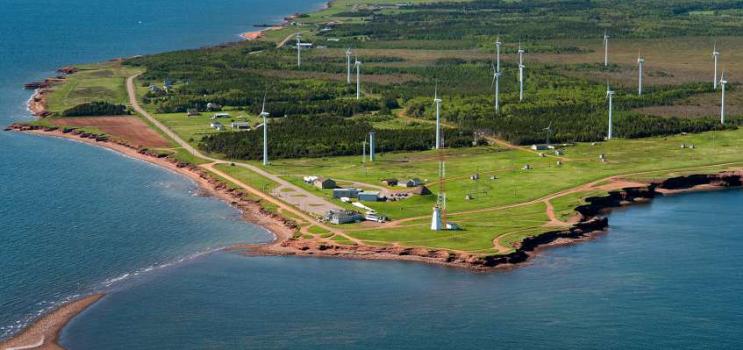
The second area WEICan focuses on is Asset Management/Service Life Estimation. It has been encouraged by the board to explore end-of-life potential, and we are looking into making that part of asset management because many people are now starting to show interest. We recently completed a project with the University of Windsor, University of Western Ontario, Enbridge, and Kruger Energy to develop a flexible tool to better characterize and improve wind farm operations and maintenance.
Another thing the board is really interested in is the idea of a having a sustainability mindset, and how someone can be a leader, or take the lead in demonstrating that sustainability is not only in the energy creation and the fact that it is wind, but it is also in our mindset. The concept of sustainability is also in our perspective, and it relates to our culture, who we are as a nation. So that ties into outreach and education.
WEICan recently launched the Canadian Energy Research Network . The purpose of which is not only a forum for collaboration but also it aims at accelerating the uptake and impact of research products, and ensuring that industry and government have an active role in shaping research direction. They just offered their first collection of online workshops in 2021.
Nergica: While Canada’s emissions have been reduced by 1% between 2005 and 2019, the emission reductions in NB, NS and PEI are substantial, -38, -30 and -14% respectively. How do you explain such a drop in emission in PEI?
AH: I believe the Renewable Energy Act passed in 2005 contributed to emission reduction. It required that at least 15% of our energy be from renewable sources, including out of province purchases by 2010. However, a few years later, the Act was amended and this requirement was removed. It has probably led PEI in the right direction though.Also, efforts have been made to produce more locally, using wind. There was a big increase in PEI’s renewable capacity [15 MW in 2005 to 205 MW in 2018] and now 98% of the electricity produced on the island comes from wind, yet PEI still imports 60% of its electricity needs.
Nergica: PEI is an interesting case; it produces electricity almost only thanks to wind. However, it cannot support itself and thus import from NB electricity that does not necessarily come from renewable sources. Could PEI increase its capacity to be totally independent and rely on renewable energy only, or is it not worth it?
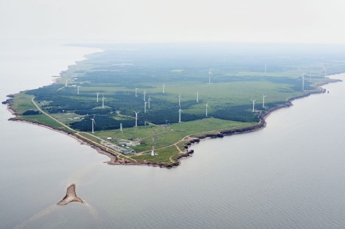
AH: This is not an easy question to answer as there are many factors involved here, and some are external. For example, there are political considerations at play which can be delicate to evaluate. Any kind of energy distribution or generation company is linked with the provincial government, right?
There is also a social component—it is “how we have always done it,” and that dynamic is hard to change. On the other hand, we have companies focused on developing electric technologies, for the marine industry, for example. Therefore, we have the opportunity to take our seat at the table and support the energy transition with the research and innovation done in our small and medium enterprises here in the Maritimes.A complete PESTEL [political, economical, sociological, technological, environmental, and regulatory/legal] analysis would be required to fully answer your question. I think it is doable, to be totally independent and relying on renewable sources only, given our small population; we could demonstrate to the rest of Canada that it is possible. It would be interesting if the federal government wanted to see PEI as a test model and serve as a demonstration of energy independence.
Nergica: Halifax was one of the first cities to declare a climate emergency. Nova Scotia is a leader in climate policy and PEI has set the most ambitious net-zero target in Canada. Do you think people in these provinces are more conscious of the climate emergency and more inclined to take action?
When you look at the mindset of the general public here, I do not think we are any more environmentally friendly than anywhere else in Canada. However, PEI was one of the first to ban single-use plastics and plastic bags. It was quite a surprise for the tourists the first summer! We are also leading in wind electricity production and Islanders are aware of that.
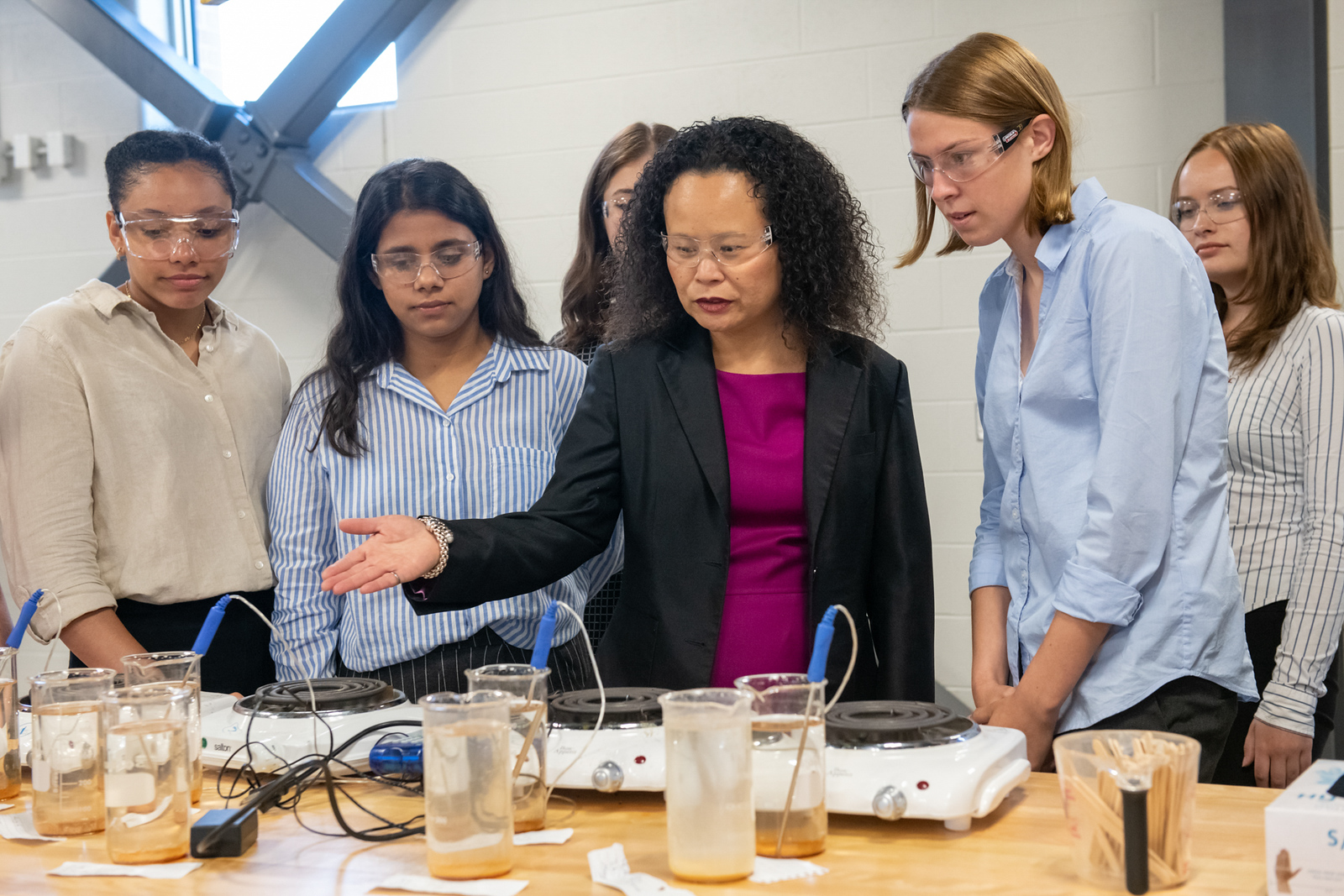
Otherwise, I don’t think PEI is leading on incentives, which could increase public awareness and commitment to emissions reduction. There were a few rebates introduced by the government for solar panels and heat pumps over the years, but they were never really large in the news. There is also a recent incentive for purchasing an electrical vehicle, but the conditions are a bit restrictive and the rebate is not substantial enough for most people to be able to afford an electric vehicle.
From my perspective, I do not think this emergency of climate change and the need to protect the environment has “hit home” for some people. I do not think it has been fully understood or embraced into our everyday lives yet. We need better communication and more communicators. Maybe we are not doing a good enough job or maybe people just do not want to hear the message, no matter how good we communicate about it.
Students are having the opportunity to learn, come home and tell their family and friends, “hey, climate change is a real thing. And as an engineer, and as global citizens, we can make a difference”. The other generation who seems to realize how crucial it is to protect the environment is the older generation; they now see that what the land has become, and they care about the future of the next generations.
Nergica: In your opinion, what are the main challenges regarding GHG reduction and renewable implementation?
As we discussed, education and communication are big ones, in my opinion. I try to change perspective at my own level through my classes, but a more general awareness is needed. I do not feel that people are engaged or concerned. I am confident that things are changing for the best, but not fast enough. It is changing and I think it could take maybe a decade, another generation. It is challenging for regions where oil and gas were, and still are, so economically important. When people rely on these jobs, it is hard to change their perspective. The trouble here is that the economy, the culture, and education are so intertwined.
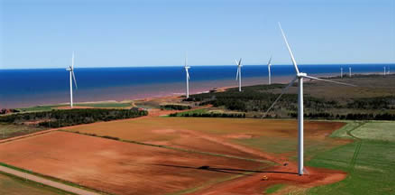
We also need more leadership—whether from the government or from the community itself. The idea of renewables has a lot more room to grow and would require both bottom-up and top-down approaches. Again, it goes back to the idea that we need to communicate more about the climate emergency, and the youths could lead this mindset shift. Imagine a little kid going to a soccer game and coming home to their parents saying, “I rode in my friend’s electric vehicle, it was really nice”. Leadership could be in the shape of many intangible things and could eventually end up raising awareness and exemplify a new environment-oriented mindset.
Regarding incentives, whether it is for the installation of solar panels on residential housing or buying an electric vehicle, I think it is a good start but we need to get things rolling. And for now, we do not see a change in mindset that could have a lasting impact.
Nergica: Both your points seem to be linked actually. We can expect a long-term impact of incentives only if the communication that goes with it is efficient right?
AH: Indeed, unfortunately incentives are usually dollars so this is where it can get politicized, whether it is provincial or federal. And it usually stops at the dollar sign. When implementing incentives, you want to prompt a mindset change too. Yet changing someone’s lifestyle or mindset requires more than a dollar sign.
What I mean is that installing solar panels on your home or buying an electrical car has a price but it is also a different way of relating to energy consumption and its cost. Such investments lead to high upfront cost—and annually it may not be much cheaper—but it is a commitment to take responsibility and action in deciding how to spend your money towards a green technology rather than burning fossil fuels.
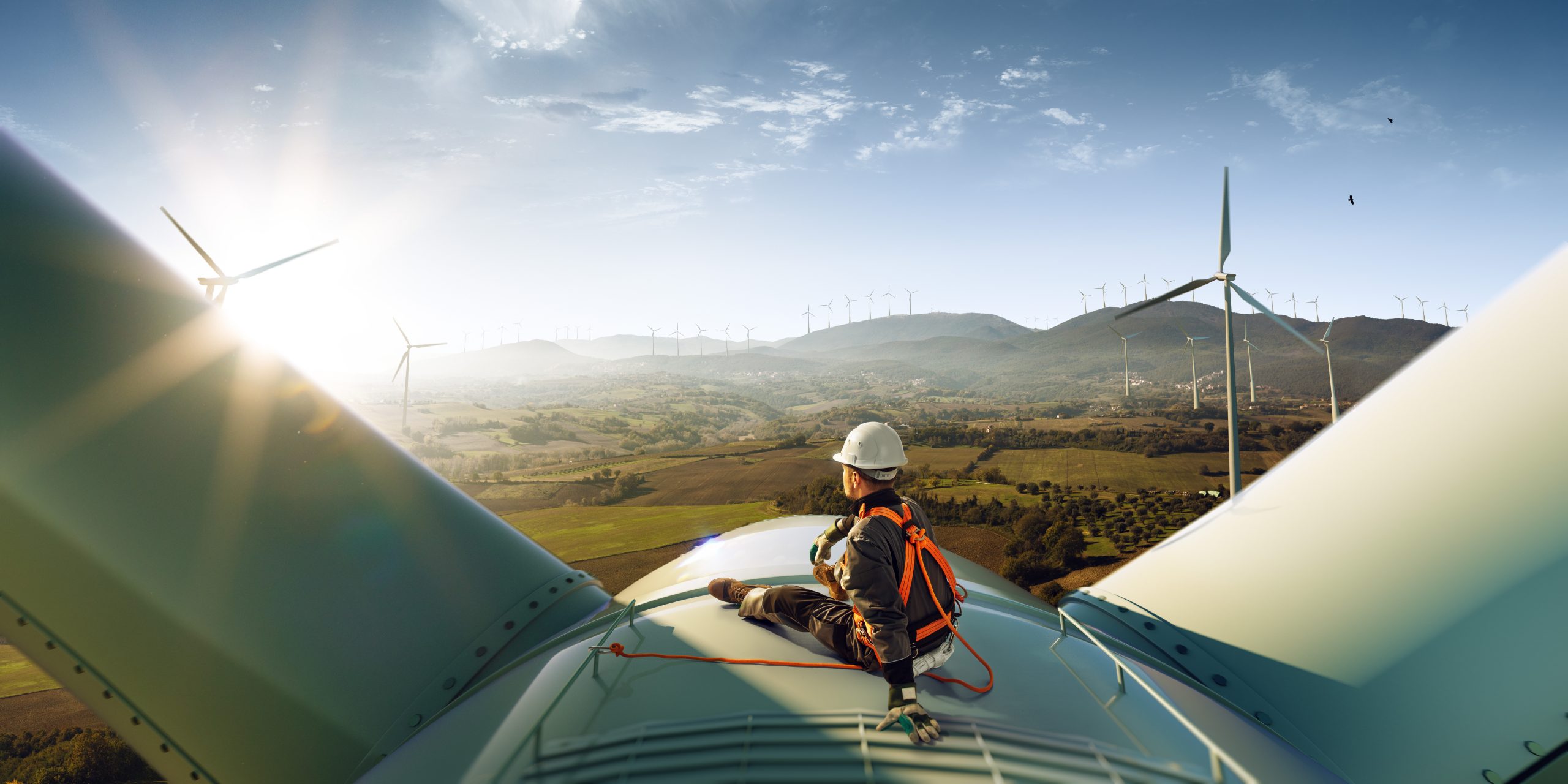
I acknowledge that there is a privileged element to what I am saying. I can afford solar panels and an electric vehicle. The next step would be to make these incentives so that they are accessible to everyone; maybe the incentives could be more inclusive. And it is important that it is not intended for only a small number of people with a specialized knowledge or interest. Incentive money on its own will not solve the problem: education, communication of information, and incentives, leading to a mindset or a way of life: that would be great.
A lot of people on the island bought into wind energy. We had many farmers put up small wind turbines, for example. Unfortunately, it seems like they got neglected over the years and a lot of these are not spinning anymore due to a lack of incentives for maintenance support.
I also see this as an opportunity to create jobs. The new era of energy transition includes new skills and new knowledge for the green economy that engages colleges, trade schools, and universities.
This interview was conducted as part of a series of regional portraits of renewable energy in Canada. To hear the opinions of other energy transition experts and players, join us for the second Transition Solutions Symposium in March 2023, a pan-Canadian event dedicated to the technological, social and political innovations needed to deploy renewable energy and accelerate the energy transition in Canada.
Other publications in this series:
Johanne Whitmore, Senior Researcher at the Energy Sector Management Chair at HEC Montreal
Dr. Michael Ross, Industrial Research Chair in Northern Energy Innovation at Yukon College
Brandy Giannetta, Vice-President, Policy, Regulatory and Government Affairs at CanREA
More to come soon!

